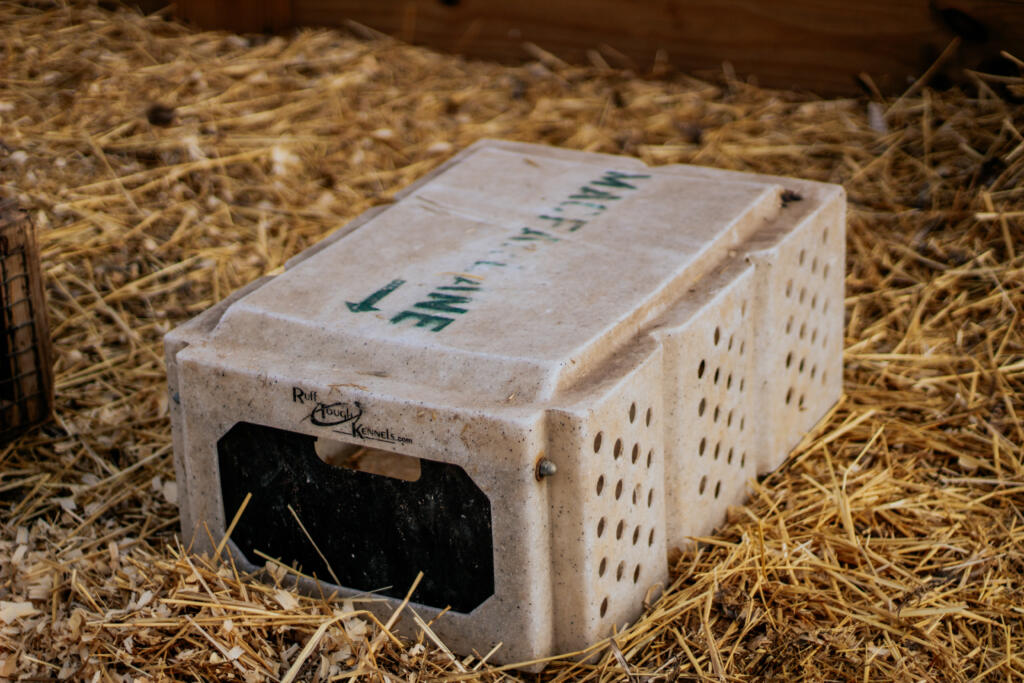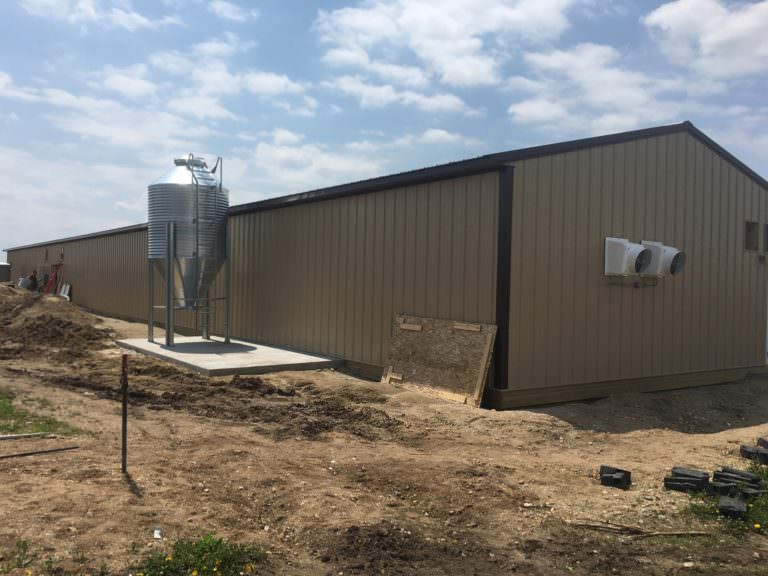Transporting Pheasants
Trucking game birds around the country is a balancing act. To get healthy birds across hundreds and hundreds of miles requires attention to detail, as well as attention to weather and distance. It is a team effort at MacFarlane Pheasant Farm.
We have five trailers and there are times when we have 10 loads going out in a week. That means carefully orchestrated departure, crating, unloading and the entire behind-the-scenes work of invoicing and checking and double checking paperwork.
We use two types of crates, and what we use depends on the weather and what we are trucking. Big crates are the best in the winter, but also are used year-round. We can fit up to 10 roosters without compromising tail feathers in the bigger crates which have air holes on the sides instead of wire. The smaller crates have wire sides and we can fit five roosters, 10 hens or 15 partridges. To view details on our crate sizes you can download instructions at https://www.pheasant.com/resources/supportfaq.aspx.
We’ve shipped as many as 4,000 Ringneck roosters into Canada in one load. Since Ringneck hens and Partridges are smaller, the maximum load for those birds is bigger. We have shipped as many as 6,500 Ringneck hens in one load out East and 7,500 Partridges out West. Our gamebirds are acclimated to the outdoors, so they can ship in all kinds of temperatures.
We combine loads to customers to be able to give the best price possible. It’s more work for us, but it means better pricing. We load trucks in the order that they are going to be unloaded, make sure unloading instructions are crystal clear to drivers and customers, and that we have to have time to clean trucks and crates before turning everything around.
And then there’s the paperwork – we’ve got invoices, purchases put into excel spreadsheets, crate numbers, vet papers, everything is checked and double checked by different staff members. Sometimes we’ve got COD orders, sometimes customers need to keep crates and then we need to get them back. The final step is a delivery report from the driver on how everything went. Fortunately we have staff who have been doing this so long, that although the process seems cumbersome when you write it all down, it appears to be seamless to them!
Related Posts
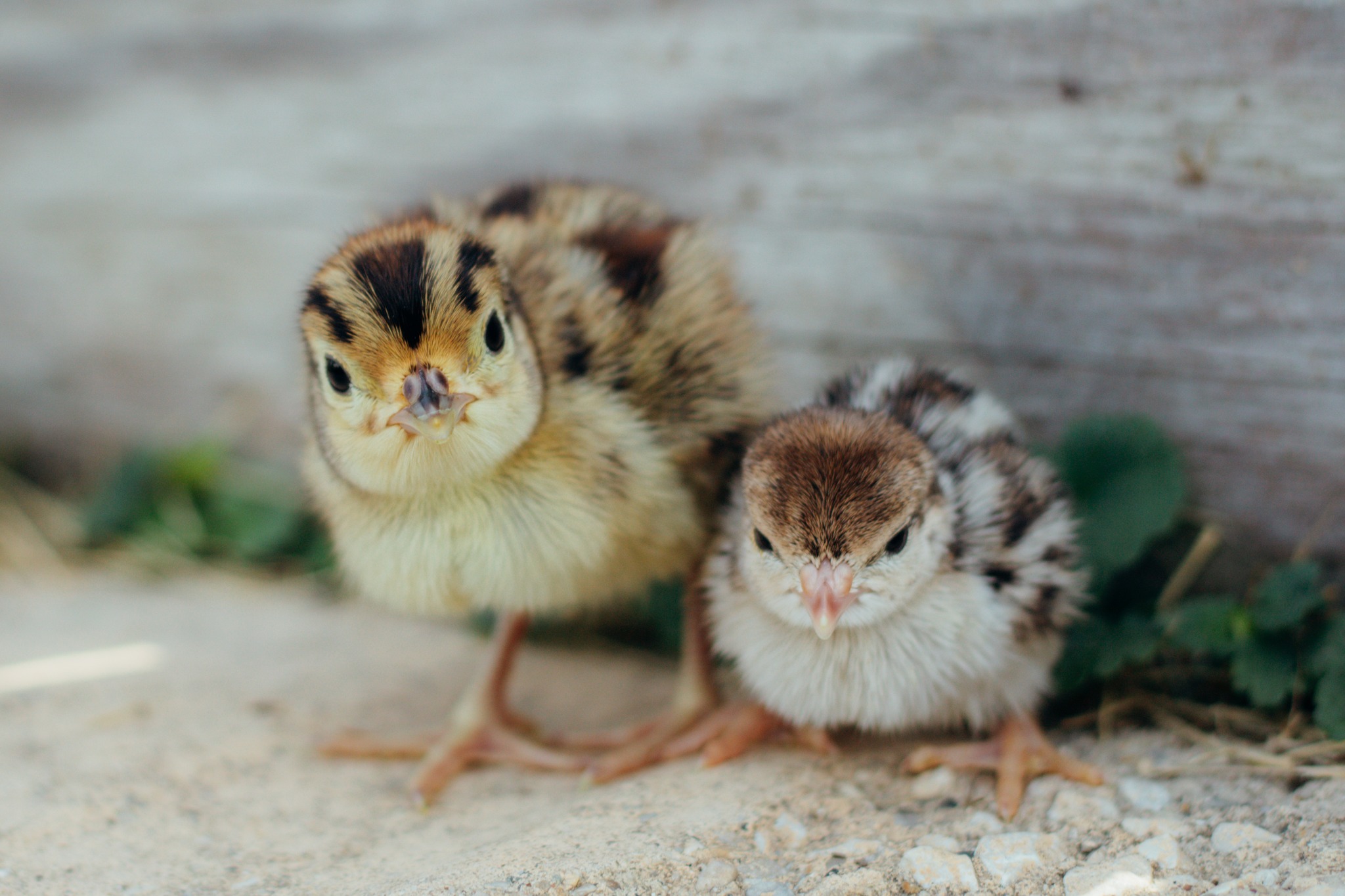
Shipping Chicks Safely During Cold Weather Months
Read Post

Post Office Tells FedEx to Start Carrying Live Animals
Read Post
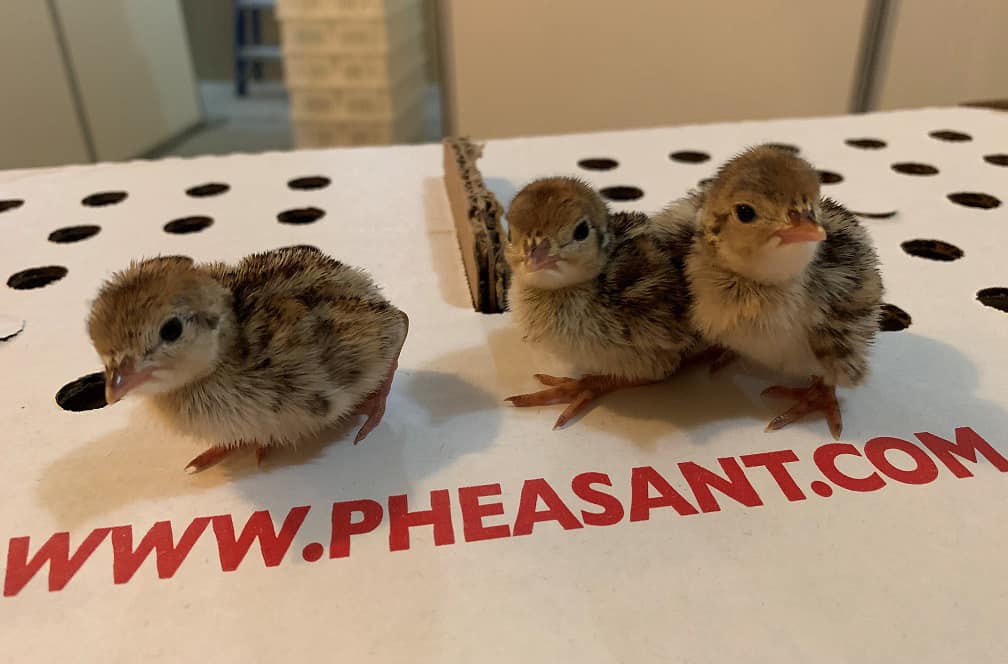
A Day in The Life of the Hatchery Manager and Chick Deliveries
Read Post

An Inside Look at How MacFarlane Pheasants Boxes Chicks for Live Delivery
Read Post
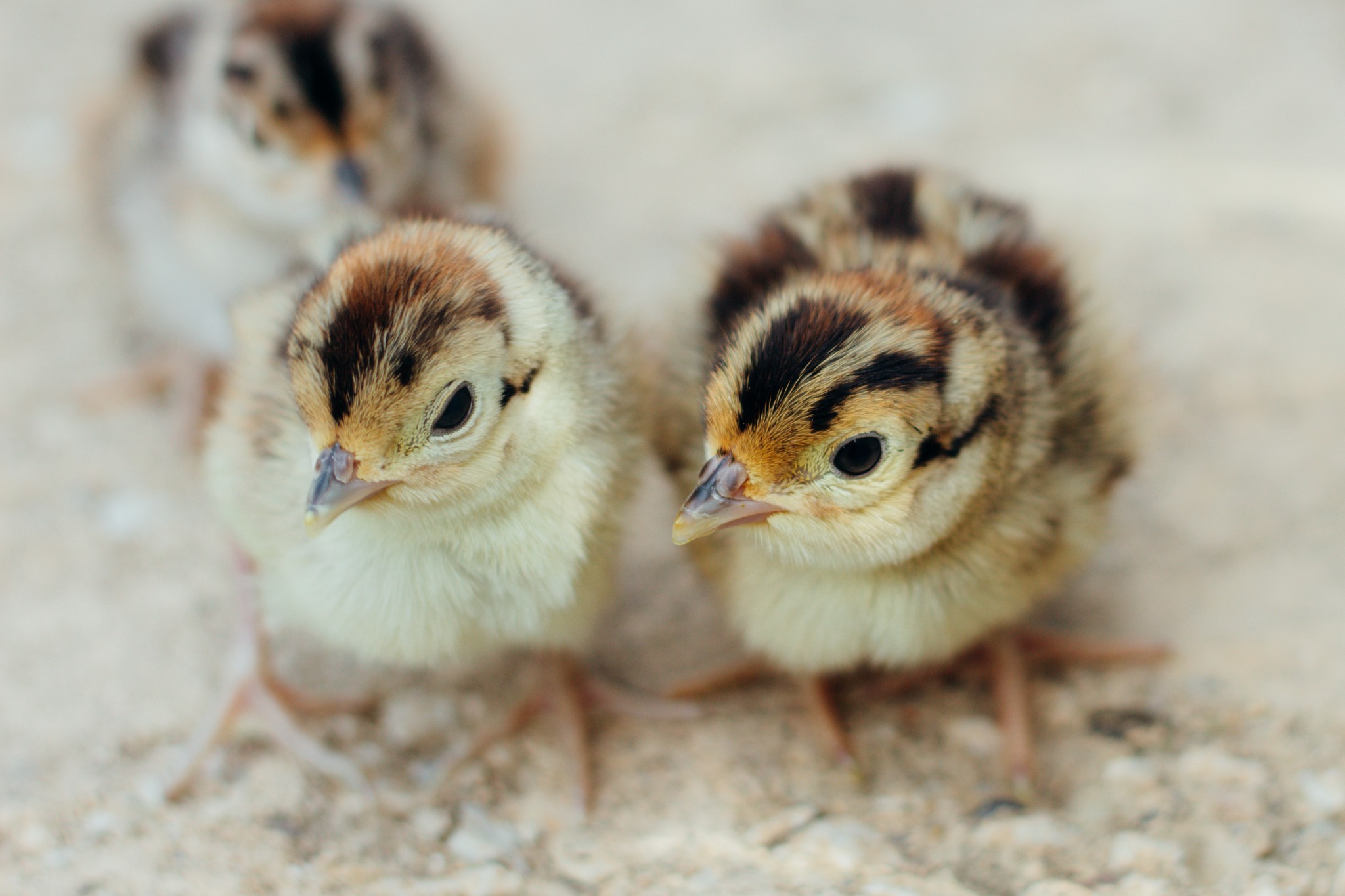
Chick Shipping Strategies
Read Post
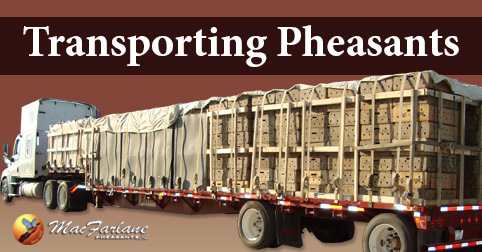
Game Bird Delivery Season in the United States and Canada
Read Post
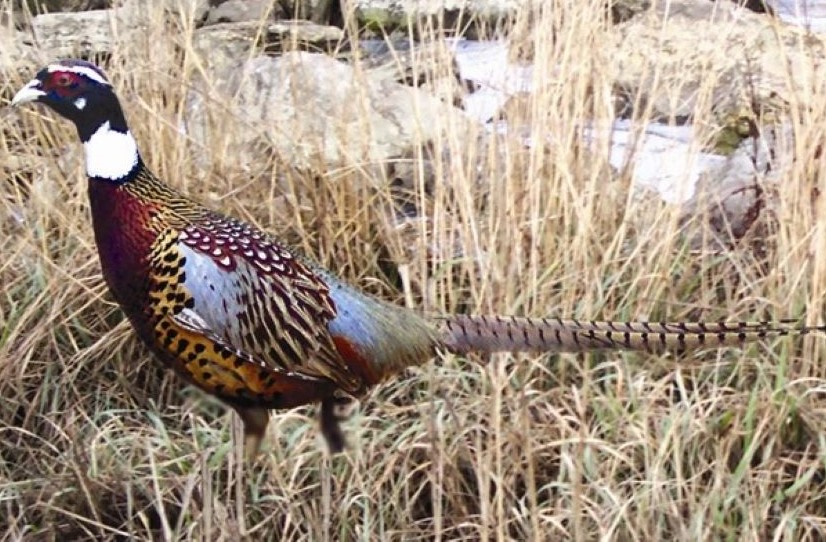
How do we ship game birds?
Read Post
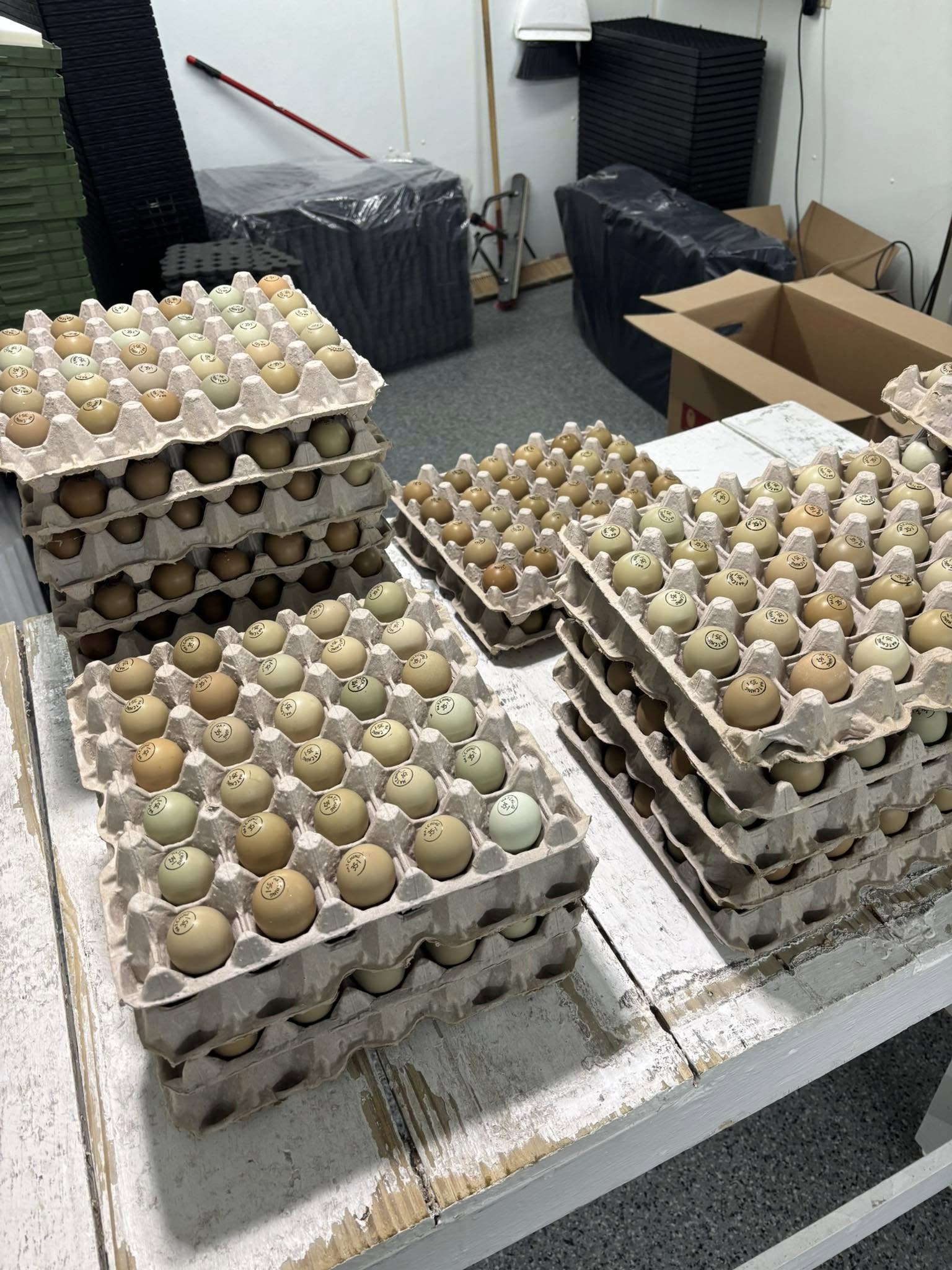
International Pheasant Chicks
Read Post
Take Advantage of These Free Resources
As the biggest game bird farm in the United States, we want to share our experience with you. Download our free resources below and get started.

